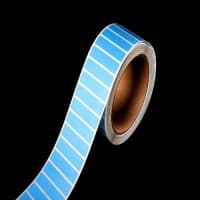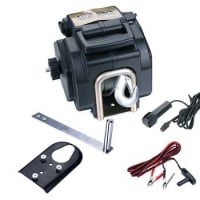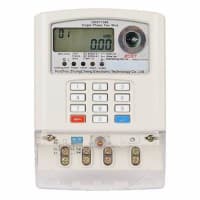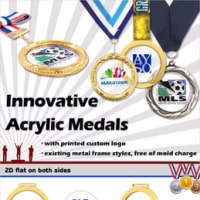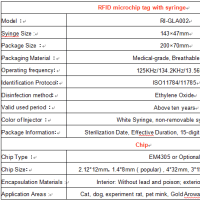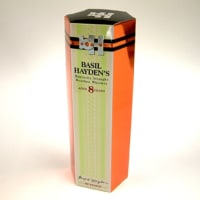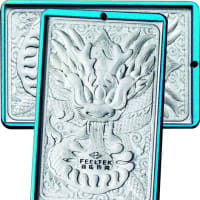Increased use of thermoplastic composites will, almost certainly, depend on machinery and manufacturing processes that can make it adaptable for high-volume, high-speed applications. Several equipment suppliers are leading the charge and have technology at NPE2018 highlighting capability.
Four manufacturers have been particularly active in developing systems that adapt traditional plastics processes, like injection molding, to integrate use of continuous fiber preforms. At NPE, KraussMaffei’s (Booth W403) process, FiberForm, is being demonstrated in combination with swivel plate technology for multi-component injection molding on a GXW 450-2000/1400 machine. FiberForm combines the Thermoforming machine of composite sheets and injection in a single molding process. The resulting fiber-reinforced plastic components are particularly lightweight, but offer strength made possible by continuous fiber reinforcement. Paul Caprio, president of Kentucky-based KraussMaffei Corp., notes, “Our customers appreciate the high quality, reliability and cost-efficiency when manufacturing fiber-reinforced lightweight components in large quantities and fast cycle times."
Engel (Booth W3303) is similarly combining continuous fiber preforms with injection molding to create high-strength, high-volume hybridized structures. Engel recently worked with CCP Gransden to adapt an Engel vduo 1100 workcell for high-volume composites manufacturing. The workcell combines thermal-press forming and injection molding to achieve single-stage composite overmolding. The process begins with a reinforced thermoplastic blank (organosheet) that is heated in an infrared. The heated blank is then transferred to the press tool using a multi-axis robot. When the press closes to complete the thermal press forming process, the injection molding unit simultaneously injects a shot of thermoplastic resin. CCP Gransden has worked with PEEK, PEKK and PA.
Injection molding machinery supplier Arburg (Booth W1325) is featuring another hybrid process, called fiber direct compounding (FDC). The FDC unit on the injection unit includes a side feeder through which continuous glass rovings enter the barrel. The rovings are cut by an integrated cutter and then enter an adapted cylinder featuring a specialized screw. The fiber length, fiber content, and material combination can be adjusted to targeted specific component properties. At NPE, a hydraulic Allrounder 820 S will produce two 11.6-oz airbag housings in a cycle time of 70 seconds. A weight monitor integrated into the automation system displays the consistency of the shot weight and the finished parts are placed in boxes by a Multilift V linear robotic system.
Roctool (Booth S17013) offers several products, based on its induction heating technology, designed for use in composites fabrication, mostly targeted toward the high-speed/high-volume consumer electronics market. Light Induction Tooling (LIT) uses shell tooling with induction heating which allows high heat and cooling ramps while maintaining high temperature uniformity on the mold surface. Induction Dual Heating (IDH), developed with Arburg, offers induction-based mold heating for overmolding of carbon fiber preforms. 3iTech Heat & Cool helps ease design of mold heating and cooling layout to provide fast and homogeneous heating. The system uses flexible inductors that allow designers to follow any shape of tooling, using standard steel or Invar. A high-frequency current runs through the inductors to heat up the mold surface. Standard cooling channels with water are used to reduce mold temperature.
Four manufacturers have been particularly active in developing systems that adapt traditional plastics processes, like injection molding, to integrate use of continuous fiber preforms. At NPE, KraussMaffei’s (Booth W403) process, FiberForm, is being demonstrated in combination with swivel plate technology for multi-component injection molding on a GXW 450-2000/1400 machine. FiberForm combines the Thermoforming machine of composite sheets and injection in a single molding process. The resulting fiber-reinforced plastic components are particularly lightweight, but offer strength made possible by continuous fiber reinforcement. Paul Caprio, president of Kentucky-based KraussMaffei Corp., notes, “Our customers appreciate the high quality, reliability and cost-efficiency when manufacturing fiber-reinforced lightweight components in large quantities and fast cycle times."
Engel (Booth W3303) is similarly combining continuous fiber preforms with injection molding to create high-strength, high-volume hybridized structures. Engel recently worked with CCP Gransden to adapt an Engel vduo 1100 workcell for high-volume composites manufacturing. The workcell combines thermal-press forming and injection molding to achieve single-stage composite overmolding. The process begins with a reinforced thermoplastic blank (organosheet) that is heated in an infrared. The heated blank is then transferred to the press tool using a multi-axis robot. When the press closes to complete the thermal press forming process, the injection molding unit simultaneously injects a shot of thermoplastic resin. CCP Gransden has worked with PEEK, PEKK and PA.
Injection molding machinery supplier Arburg (Booth W1325) is featuring another hybrid process, called fiber direct compounding (FDC). The FDC unit on the injection unit includes a side feeder through which continuous glass rovings enter the barrel. The rovings are cut by an integrated cutter and then enter an adapted cylinder featuring a specialized screw. The fiber length, fiber content, and material combination can be adjusted to targeted specific component properties. At NPE, a hydraulic Allrounder 820 S will produce two 11.6-oz airbag housings in a cycle time of 70 seconds. A weight monitor integrated into the automation system displays the consistency of the shot weight and the finished parts are placed in boxes by a Multilift V linear robotic system.
Roctool (Booth S17013) offers several products, based on its induction heating technology, designed for use in composites fabrication, mostly targeted toward the high-speed/high-volume consumer electronics market. Light Induction Tooling (LIT) uses shell tooling with induction heating which allows high heat and cooling ramps while maintaining high temperature uniformity on the mold surface. Induction Dual Heating (IDH), developed with Arburg, offers induction-based mold heating for overmolding of carbon fiber preforms. 3iTech Heat & Cool helps ease design of mold heating and cooling layout to provide fast and homogeneous heating. The system uses flexible inductors that allow designers to follow any shape of tooling, using standard steel or Invar. A high-frequency current runs through the inductors to heat up the mold surface. Standard cooling channels with water are used to reduce mold temperature.










